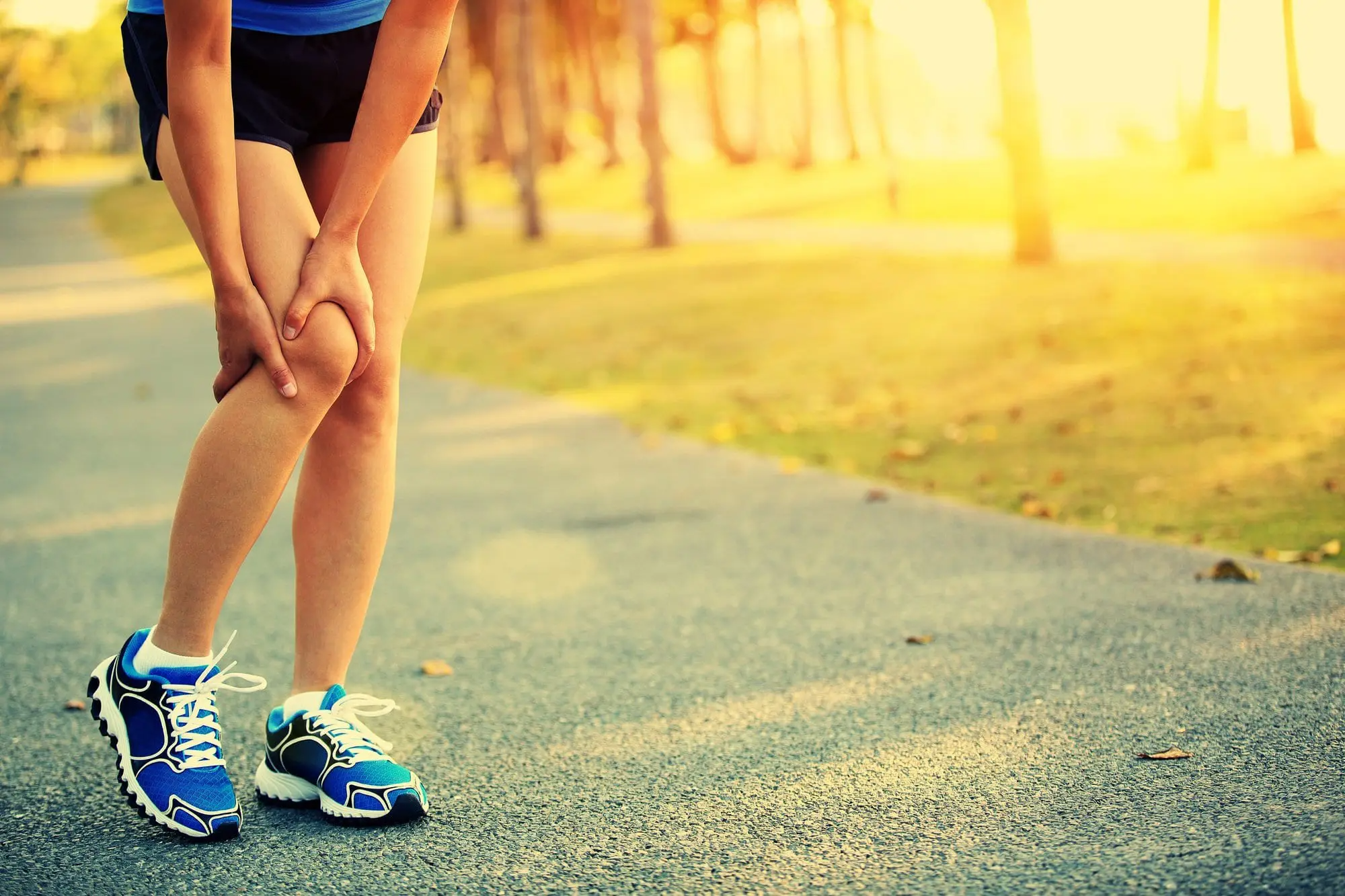Did you know that high school athletes account for nearly 2 million sports injuries in the U.S and over 500,000 doctor visits each year?
What’s even more alarming is that sports and recreational activities account for 21% of all traumatic brain injuries among American youths and children.
With staggering statistics like these, it goes without saying why an injury prevention plan is a must-have in your sports toolkit.
The good thing; more than half of those sports injuries are preventable, according to CDC.
So if you are looking for ways to take care of yourself or the athlete in your life, then you’re in the right place.
In this post, we’ll teach you the eight golden tips for preventing sports injuries.
1. Know and Play by the Rules of the Sport
Knowing the rules of the game is a cardinal principle that every player is expected to master.
Traffic lights at road junctions help to prevent crashes between the many vehicles that use the roads. This works because drivers know the rules, and abide by them. The same applies to sports.
When you and other players know the rules of the sport, fewer injuries are likely to happen.
For example, in football, you’re not allowed to sneak from behind, crash into your opponent’s legs, and snatch the ball. Rather than going after the player, it’s safer and legal to go after the ball.
These rules exist, in part, to enhance your safety. You should master them, and insist on enforcement by referees. Doing so can go a long way in preventing sports injuries.
2. Be in Good Condition to Play the Game
Never attempt to play any sport if you’re not in a proper mental and physical condition.
Certain sports such as figure skating and gymnastics may require you to follow certain dietary rules. Others such as wrestling may require you to be physically strong, and capable.
Never expect the sport itself to get you into shape. Rather, you should endeavor to participate in proper training and conditioning exercises designed for that specific sport.
3. Wear the Right Sports Gear
Getting the correct sports gear is undeniably one of the most important safety tips for preventing sports injuries.
Besides protection, a snug fit also provides comfort for the players.
Certain contact sports such as hockey can be risky to play if the gear is not fitted correctly. Others such as motorcycle racing can be fatal in the event of a fall if the helmet is ill-fitted.
Thankfully, modern technology has made noteworthy advances in injury prevention, especially in sports gear.
We now have sports gear that’s abrasion resistant. Others come fitted with armor in the accident-prone areas to help prevent injuries in the event of an accident.
The most important thing is to get the right fitting sportswear that’s specifically designed for your sport.
4. Warm Up
Warm up exercises help prepare your body and mind by:
- Improving the functionality of your body movements
- Making you more flexible
- Warming up your muscles and connective tissues
- Increasing your heart rate gradually
This way, you’re less likely to suffer a tendon or muscle pull since your muscles will be more flexible, loose, and warm for the main sport. Simple warm-up activities such as jumping, running, or lifting small weights should do the trick.
A simple warm-up exercise should give you the flexibility you need to make those critical movements. Warm up exercises also help reduce the risk of ripped or torn muscles.
5. Cool Down
Cooling down is practically the opposite of warming up, and should follow right after a heavy warm-up exercise.
But why is it necessary to cool down?
Cooling down helps to get rid of the byproducts of your prior exercises and safely return your breathing, blood pressure, and heart rate to normal levels.
Most people prefer to take a shower after warm-up exercises as a means to cool down.
However, that doesn’t always work as expected. A proper cooling down exercise should include activities such as stretching and other light cardiovascular activities.
For example, if you’ve been running, the right cool-down exercise should be walking or jogging. Cooling down helps to limit any incidences of post-workout soreness.
6. Eat Healthy Meals
A balanced dietary plan should form the basis of every workout program because you need to put back into your body what you take out.
As such, you should eat food rich in nutrients and avoid skipping meals. Be sure to eat protein-rich foods, as protein is essential for tissue growth and repair. If possible, focus more on unprocessed foods.
Doctors recommend that athletes eat a well-balanced diet full of lean proteins, vegetables, and fruits, and to maintain a regular eating schedule.
Also, avoid eating high-fat foods such as candy bars and performance enhancement supplements.
Sports and exercises demand a lot of energy from your body. If healthy eating is neglected, your body might not recover fully from training, which might predispose you to ailments or injury.
7. Get Enough Rest
There’s a common fallacy that the more you train, the better you’ll play.
Keep in mind that failure to get enough rest leads to muscle fatigue which can predispose you to injuries. In fact, the most common sports injuries among athletes are overuse injuries — too many activities and not enough rest.
Most of the overuse injuries impact nerves, muscles, ligaments, and tendons. Symptoms include stiffness, tenderness, or tingling in the affected area.
Resting between exercises, games, and events can help in preventing sports injuries.
8. Drink Enough Water
Heat-related illnesses are common among athletes, especially those who practice in hot environments.
Prolonged exposure to heat without the intake of fluids can lead to various types of heat-related illnesses such as heat strokes and heat cramps.
Staying hydrated can help prevent heat-related ailments. You should drink enough water before, during, and after playing. Avoid alcoholic, highly-sugared, and carbonated beverages.
One sure way to know whether you’re hydrated is clear urine. You should also watch out for signs of heat-related illnesses such as fainting, vomiting, or nausea.
Tips for Preventing Sports Injuries: The Bottom Line
Sports injuries such as concussions can be life-shortening and at times fatal.
While injuries in sports are inevitable, there are things you can do to reduce the frequency of injuries or mitigate the impact of damages.
Now that you know all the preventive measures to take, what should you do in the event of an injury? Find a treatment plan you can trust.
If you’ve suffered a sports-related injury such as a sprain, or are in need of physical therapy, get in touch with us to request an appointment. We offer personalized, one-on-one treatment for a variety of injuries and conditions.
.png)



